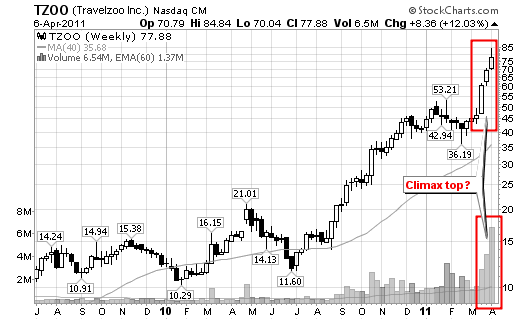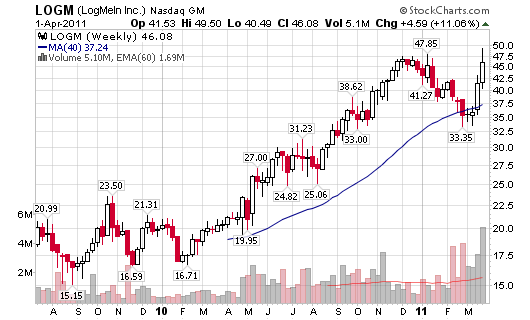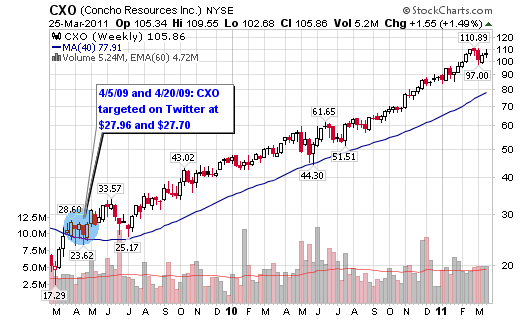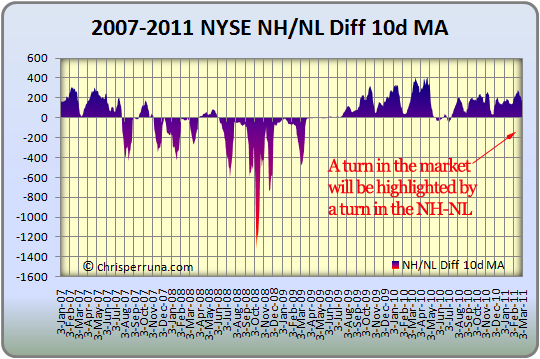How can you tell when a market is exhausted from a long term up-trend?
The current market leaders will start to form climax tops after huge gains over the past 6, 12 or 18+ months.
So, how do we identify a climax top?
The following characteristics are typically found in a stock that is forming a climax top:
- A quick run-up or accelerating gains over a short period of time after a long term up-trend. The gains will be much larger during this short term run, proportionally, than the entire up-trend.
- A large gap-up after several months of a steady up-trend. Investor’s Business Daily (IBD) calls this an “exhaustion gap”.
- The largest daily and/or weekly volume of the entire up-trend.
- A large single day point gain, the largest of the entire up-trend.
- An intraday move to new highs on above average volume but a close that results in a loss.
- A stock that is trading 100% above it’s 200-day moving average. IBD states that a stock trading 70% above its 200-day moving average is showing exhaution.
Take a look at the $TZOO Travelzoo charts (daily and weekly).
As you can see, TZOO has confirmed the following red flags for a climax top formation:
- 10 of the past 13 days have been up days.
- A 68% gain over the past 13 trading days and a 100% move over the past month. Stock is up 900%+ since March of 2009.
- The largest daily and weekly volume of the entire run.
- A new high intraday with a close that resulted in a loss (today: a new high with a reversal to close down 3.69% on volume 485% larger than the average).
- The stock is trading more than 130% above its 200-day moving average.
With all that said – what should you do? I suggest that gains are locked in, at least a portion of your position 1/3 or 1/2 at a minimum.
In addition to locking in individual gains (in examples like TZOO), I highly suggest that you start to watch all market leaders and the general market indices for red flags.
















Connect with Me